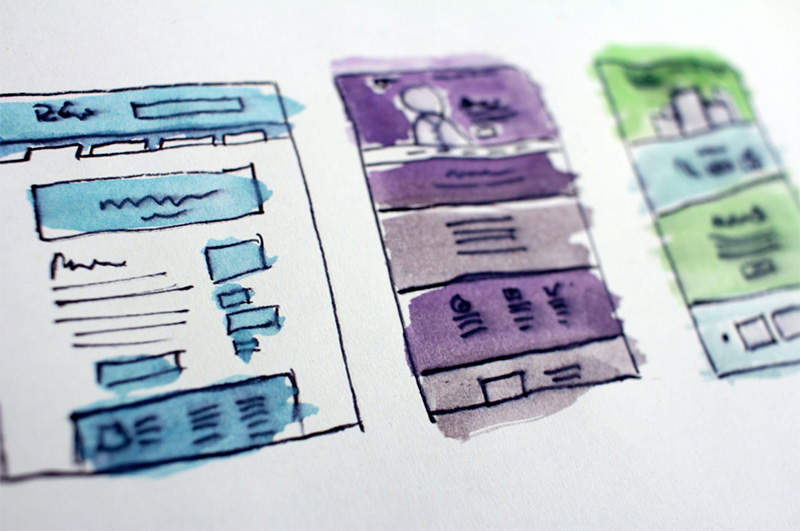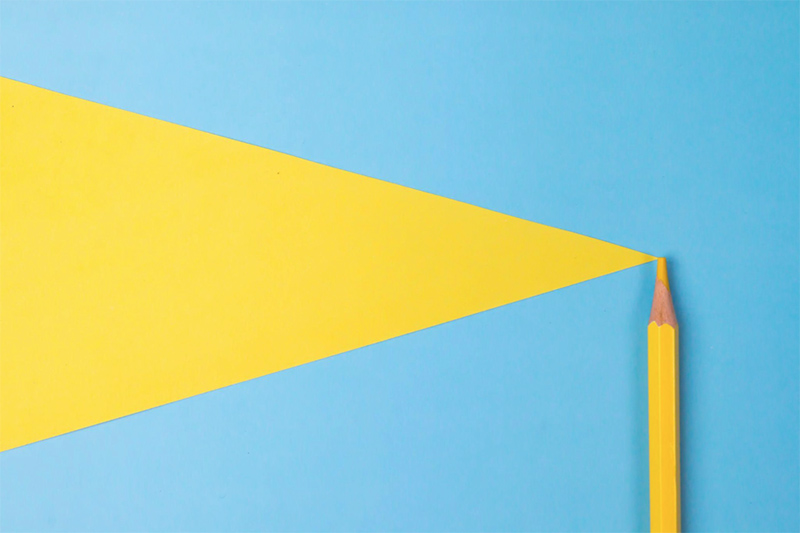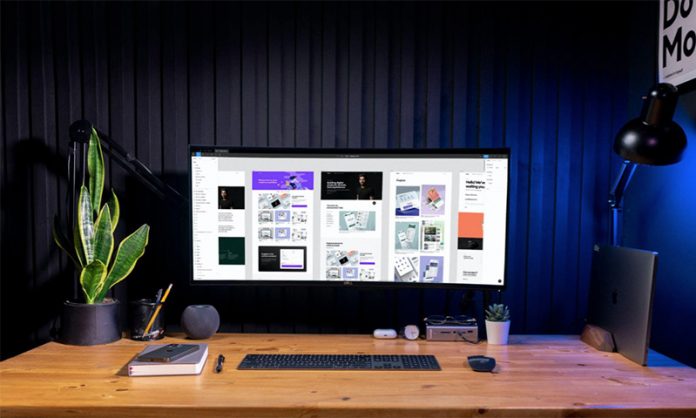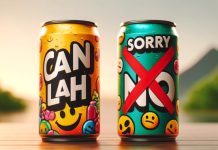Intro
User Interface (UI) and User Experience (UX) make the essence of digital product design. They take the lion’s share of cognitive effort, mental resources, time, and energy at all the stages of this process.
At the same time, if implemented properly, UI and UX design services save the same extent of financial resources, by anticipating the market risks and providing the smartest solutions for their prevention and tackling. That is why, this profession is ranked among the top 100 demanded jobs by CNN money, with one of the highest annual growth rates.
It is no exaggeration to say that in today’s time, utilizing the services of a UI/UX design agency to focus on the overall digital product design is not a luxury but a question of survival for every business owner.
The difference between UX and UI design
As it was noted by Craig Morrison, the founder of Usability Hour, “there is no difference between UX and UI design because they are two things that aren’t comparable to each other”. Indeed, these notions are hard to compare because they don’t belong to the same level of magnitude.
On the one hand, UI is an indisputable part of user experience, because the quality and attractiveness of user interfaces obviously affect this experience.
Yet, on the other hand, UI stands aside from UX for several reasons:
- like a candy wrapper, web interfaces are the first thing the customer deals with. They are responsible for the initial impression from interaction with a product;
- UI is what the general public actually takes for the digital design in total, with all its visual aesthetics and orderliness, while UX is more professional and invisible to the philistine eye;
- we all know examples of how despite very simple and almost minimalistic, or in some cases even really bad UI, brands reached global success due to perfect, thoroughly designed UX. Good examples are Google for the former and AZLyrics for the latter. This shows that although UI influences user experience, this influence is not decisive.
Therefore, while the distinction between these two realms is delusive and conditional, it is still relevant for practical purposes.
User experience is rooted in human psychology, cognitive and behavioral sciences, heuristics analysis, and marketing. Its purpose is to ensure that the design is intuitive, simple, convenient, and consistent with the key message of value.
The user interface also takes psychology into account, but its main focus is on aesthetics and the theory of visual perception. It aspires to provide the most pleasant and emotionally appealing interaction with an online platform a customer uses.
The worst nightmare for a UX designer is a failed conversion, while for a UI specialist it is the customer’s confusion and/or disgust from interaction with a front end.
UI/UX services
Work with both user experience and user interface represents an accomplished, organic, and often inseparable process at any digital product design. Therefore speaking of different UI services and UX services is rather used for convenience, as outlining diverse steps and/or dimensions of the same process.
UX services
Services within user experience reflect the key stages of UX implementation, from the first concept maps and user flows, to the minimum viable product (MVP), and up to the continuous improvement of the final release for serious long-run projects.

1. UX research
This service aims to prepare the ground for an actual design process. It consists of data collection and analysis in all the aspects that may facilitate the digital product design. This activity in turn includes:
- project research. Understanding of the brand concept, business goals, and ethics, as well as their alignment with the real-life social and market environment. This service ensures that all the subsequent stages of product development will be consistent with the values of your project;
- market research. Exploring the state of the industry and its markets, their trends, and gaps, as well as analysis of competitors’ strengths and weaknesses. It is provided to chart the most successful and potentially winning path for your product to enter the market;
- user research. Defines real user needs, problems, challenges, desires, and patterns of attitude via both formal surveys and direct communication with potential clients. In this way, it makes sure that your product will be in demand.
2. UX architecture design
This service makes the main part of UX design. It creates the locomotor apparatus for your product, upon which the blood and flesh of user interfaces, copy, and coding will be later imposed. It in turn includes:
- buyer personas, user scenarios, and user journey maps. This is the most conceptual representation of the path that your customer will proceed from getting aware of your product to the sales conversion.
- user flows. This service makes more detailed and technically elaborate schemes of the user experience at your platform;
- wireframes and prototypes. These forms of UX design represent the basic outlines of your future user interfaces, with the heuristics taken into accounts. They already can be tested with real users, revealing and fixing problems and deficiencies on the way.
- minimum viable product. UX designers create a basic prototype of your product, with its basic features capable to determine its market value and the directions for further improvement.
3. Usability testing
This type of UX service is involved with checking the correlation between the product concept and the real user’s needs and expectations. It may take such forms as:
- guided usability studies. Focus groups of users work with a prototype on a specially prepared task reflecting the user journey;
- in-depth interviews. Informal or semi-structured form of communication with a user when they are allowed to navigate the product freely and express any concerns and ideas that emerge;
- feedback analysis. Customers are asked to leave their feedback in special forms while landing or leaving a platform.
4. Troubleshooting
This is the last but not least UX service. Based on all the previous services, it ensures permanent improvement of the user experience of a product, when it is already in the market.
UI services
Work with user interfaces imposes high demands of keeping both usability principles and design guidelines established for the brand. UI services hence focus on consistency, responsiveness, and aesthetic beauty of the product.

- UI design. It includes immediate work with digital design tools to create and organize layouts, visual and textual blocks, buttons, icons, and other elements. Most often, UI designers proceed from user flows and wireframes prepared within UX design.
- UI redesign. This service comes in handy for business owners that realized their Web platform had poor UI and addressed a design agency to fix it. Yet it is also useful for mature digital products, that provide updates of their interfaces in line with newer trends and customer tastes.
- Design for different devices. Today, this process almost always takes place at the very start, when a UI designer creates layouts responsive to conversion to different types of screens. However, it can also be used for aged businesses that scale up and decide to release a mobile app or mobile version of their site.
- Creating a library of styles and patterns. This service provides you with a design system, i.e. organization of reusable components, design language, and other elements that allow you to create new user interfaces and even new digital products, visually fully consistent with your brand.
Conclusion
To sum up, UX deals with the cognitive dimension of the human psyche with an emphasis on intellect, while UI addresses its aesthetic judgment with a focus on emotional responsiveness. You can also say that UI deals with the sensory perception of a product, while UX is responsible for the cognitive processing of this sensory data.
In other words, UX reflects the journey that a customer takes from landing at your funnel to the sales conversion, while UI is in charge of the setting and decorations on all the stages of this path.
You can explore how UX and UI services are organized and work together at our website https://cieden.com/.



































